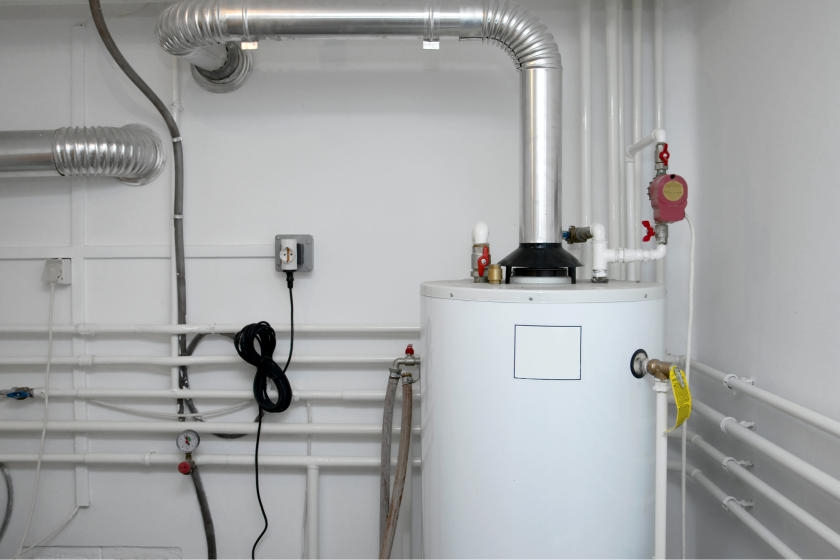Almost everyone may have their unique perception about Tips on Maintaining a Water Heater.

Hot water is necessary for day-to-day comfort, whether it's for a rejuvenating shower or cleaning dishes. To ensure your warm water system runs efficiently and lasts much longer, routine upkeep is key. This short article supplies practical suggestions and understandings on how to keep your home's hot water system to stay clear of disturbances and expensive repair work.
Intro
Keeping your home's warm water system may appear difficult, yet with a few basic actions, you can ensure it runs smoothly for many years ahead. This guide covers everything from recognizing your warm water system to DIY maintenance ideas and knowing when to employ professional help.
Value of Maintaining Your Warm Water System
Normal upkeep not only prolongs the life-span of your warm water system but likewise guarantees it operates efficiently. Overlooking maintenance can bring about reduced effectiveness, greater power bills, and even early failing of the system.
Indicators Your Hot Water System Needs Maintenance
Recognizing when your warm water system needs interest can avoid significant concerns. Look out for indicators such as inconsistent water temperature, odd sounds from the heating system, or corroded water.
Understanding Your Hot Water System
Before diving into upkeep jobs, it's practical to recognize the basic elements of your hot water system. Usually, this consists of the hot water heater itself, pipelines, anode rods, and temperature level controls.
Monthly Upkeep Tasks
Regular regular monthly checks can help capture minor issues before they escalate.
Flushing the Water Heater
Flushing your water heater eliminates sediment accumulation, enhancing efficiency and extending its life.
Monitoring and Changing Anode Rods
Anode poles stop rust inside the storage tank. Examining and replacing them when worn is important.
Examining and Readjusting Temperature Level Setups
Changing the temperature settings ensures optimal efficiency and safety and security.
Do It Yourself Tips for Upkeep
You can do a number of maintenance jobs on your own to keep your hot water system in top condition.
Looking for Leakages
Routinely examine pipes and connections for leakages, as these can result in water damage and higher expenses.
Checking Pressure Relief Valves
Checking the stress safety valve guarantees it works correctly and prevents too much pressure buildup.
Insulating Pipelines
Protecting hot water pipelines minimizes warmth loss and can save power.
When to Call a Specialist
While DIY maintenance is helpful, some problems require specialist competence.
Complicated Issues Calling For Professional Aid
Instances include significant leaks, electric issues, or if your water heater is consistently underperforming.
Regular Expert Upkeep Conveniences
Expert maintenance can consist of thorough assessments, tune-ups, and guaranteeing conformity with safety standards.
Verdict
Routine upkeep of your home's hot water system is vital for efficiency, durability, and cost financial savings. By following these pointers and understanding when to look for professional aid, you can guarantee a dependable supply of warm water without unexpected interruptions.
How to Maintain an Instant Hot Water Heater
Before tinkering with your hot water heater, make sure that it’s not powered on. You also have to turn off the main circuit breaker and shut off the main gas line to prevent accidents. Also turn off the water valves connected to your unit to prevent water from flowing into and out of the appliance. 2. When you’re done, you have to detach the purge valves’ caps. These look like the letter “T” and are situated on either side of the water valves. Doing so will release any pressure that has accumulated inside the valves while at the same time avoid hot water from shooting out and burning your skin. 3. When the purge valves’ caps are removed, you have to connect your hosing lines to the valves. Your unit should have come with three hoses but if it didn’t, you can purchase these things from any hardware or home repair shops. You can also get them from retail stores that sell water heating systems. Read the user’s manual and follow it to complete this task properly. When the hosing lines are connected, open the purge port’s valves. 4. You should never use harsh chemical cleaners or solutions when cleaning your unit. Make use of white vinegar instead. It should be undiluted and you’ll probably use about 2 gallons. 5. Now flush your water heater. This task should probably take about 40 minutes. We can’t give you specific directions for this because the procedure is carried out depending on the type, model and brand of your heater. With that being said, refer to the user’s manual. 6. When you’re done draining the unit, you have to turn off the purge port valves again. Remove the hosing lines that you earlier installed on each of the water valves. Put the valve caps (purge port) back in their respective places and be very careful so as not to damage the rubber discs that are found inside these caps. 7. Now that everything’s back in place, check your user’s manual again to find out how to reactivate your water heating system. 8. Once it is working, turn one of your hot water faucets on just to let air pass through the heater’s water supply pipes. Leave the tap on until water flows smoothly out of it. https://www.orrplumbing.com/blog/2014/september/how-to-maintain-an-instant-hot-water-heater/

I'm very intrigued by Tips For Maintaining Your Hot Water Heater and I really hope you enjoyed reading our blog entry. So long as you enjoyed our article plz make sure you remember to share it. Many thanks for your time spent reading it.
Schedule Today